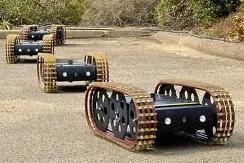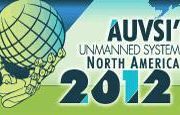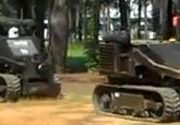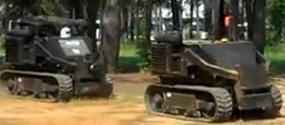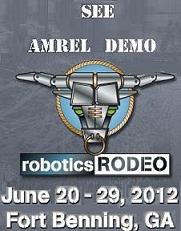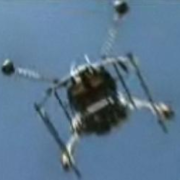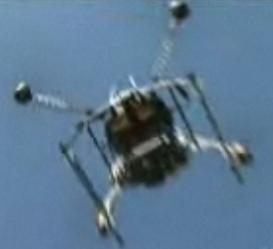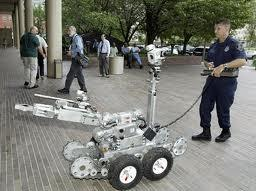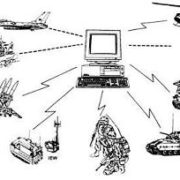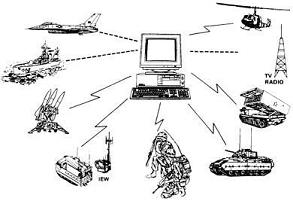 Like many of you, I receive numerous ads for market research studies. In order to excite our interest, they often contain a few snippets of facts. I decided to combine all these“snippets” with the goal of forming a coherent vision of the future of unmanned systems markets.
Like many of you, I receive numerous ads for market research studies. In order to excite our interest, they often contain a few snippets of facts. I decided to combine all these“snippets” with the goal of forming a coherent vision of the future of unmanned systems markets.
You can’t get there from here
In addition to examining market research reports, I contacted a few thought leaders within the profession. I also posted questions about unmanned markets in the social networks of LinkedIn and Quora. Read more



